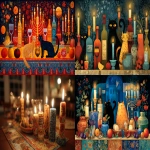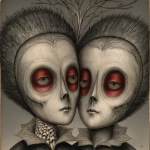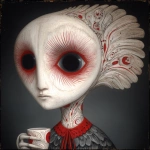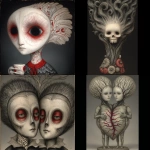Explore the Best AI Image Gallery
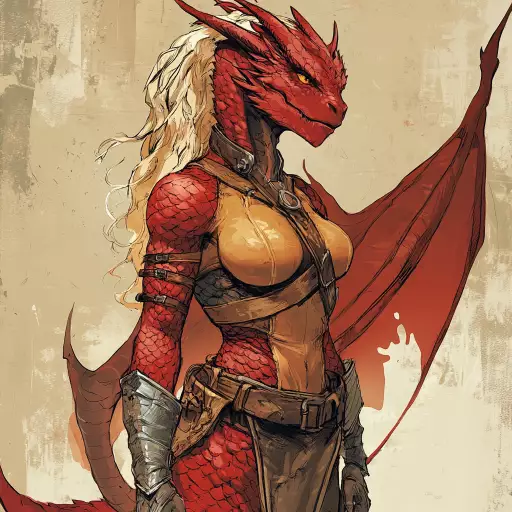
The Evolving Canvas: AI Image Generators and the Future of Creative Expression
The realm of creativity is undergoing a profound transformation, driven by the emergence of powerful AI image generation tools. These innovative technologies, capable of producing stunningly realistic and imaginative visuals from text prompts, are redefining the boundaries of artistic expression and challenging traditional notions of authorship. This blog post delves into the multifaceted impact of AI image generators on the creative industry, exploring their potential uses, ethical considerations, and future trends.
Unleashing Creative Potential: Applications Across Industries
AI image generators are proving to be versatile tools with applications spanning a wide range of industries.
- Marketing and Advertising: Generate eye-catching visuals for campaigns, social media posts, and product mockups, saving time and resources while enhancing creative output.
- Design and Illustration: Assist designers in ideation processes, quickly produce concept art, and create custom illustrations for various projects, from book covers to website graphics.
- Gaming and Entertainment: Develop immersive game environments, design realistic characters and props, and create captivating visual effects, pushing the boundaries of interactive storytelling.
- Education and Research: Visualize complex data, create educational materials, and conduct research experiments involving simulations and visualizations, fostering deeper understanding and innovation.
Navigating Ethical Considerations
While AI image generators offer immense creative possibilities, their deployment raises important ethical considerations that require careful attention:
- Copyright and Ownership: Questions arise regarding the ownership of AI-generated images, particularly when they are based on copyrighted material. Establishing clear guidelines and legal frameworks is crucial.
- Bias and Representation: AI models are trained on vast datasets, which may contain biases that reflect societal stereotypes. It is essential to ensure that AI-generated imagery is inclusive and representative of diverse communities.
- Misinformation and Manipulation: The ability to create highly realistic images raises concerns about the potential for misuse in spreading misinformation or creating deepfakes, which can have damaging consequences.
The Future of AI-Powered Creativity
The field of AI image generation is rapidly evolving, with ongoing advancements pushing the boundaries of what is possible. Here are some key trends shaping the future:
- Increased Accessibility: User-friendly interfaces and cloud-based platforms will make AI image generators more accessible to a wider range of users, democratizing creative tools.
- Enhanced Realism and Detail: Continued advancements in AI algorithms will result in even more realistic and detailed images, blurring the lines between human creation and machine generation.
- Personalized Creativity: AI will enable personalized creative experiences, allowing users to tailor image outputs to their specific preferences and styles.
- Interactive and Dynamic Imagery: AI-generated images will become more interactive and dynamic, responding to user input and creating immersive experiences.
Embracing the Transformative Power
AI image generators are not simply tools; they are catalysts for a new era of creative expression. By embracing these technologies responsibly and ethically, we can unlock their transformative power to enhance our artistic endeavors, foster innovation, and expand the boundaries of human imagination.






](https://images.ai-img.art/thumbnails/150/45237dfa7845159b860f9e234c48c4418e8efcb52b4d15da4493f46e6a99f337.webp)

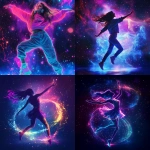

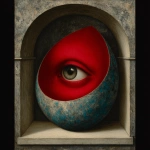
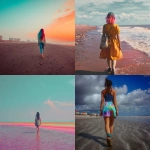
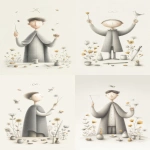
](https://images.ai-img.art/thumbnails/150/6a9bb97a3f1c45ab616724cc54bca010cbcc2d658a9c0e4581aa181c88046444.webp)

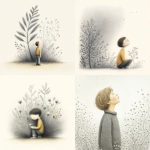
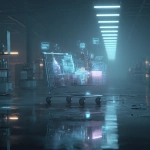


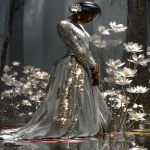



](https://images.ai-img.art/thumbnails/150/6a577517a359cd2bc6212d6b0f12c7cab660841317023550a76c84f409c7f2d0.webp)


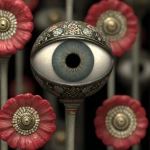


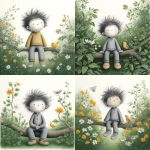
](https://images.ai-img.art/thumbnails/150/065f0b2e150f4cc43a9da80d822e8a385e9e50f2f6ff2cc3be7639cfd74952da.webp)


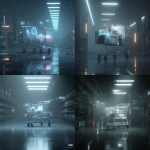
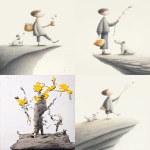
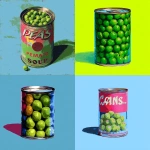
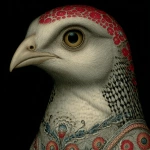
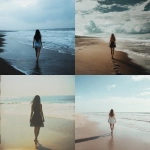


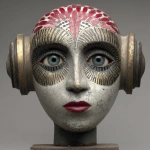
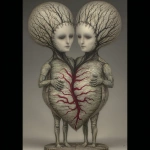

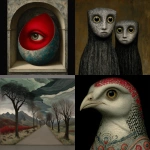

](https://images.ai-img.art/thumbnails/150/1b14bd827b740aca3b0d8efa7ed6865e28c7c8382172f3f565c96b6c5f64ca78.webp)
